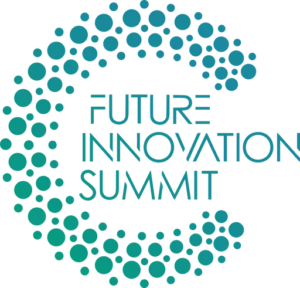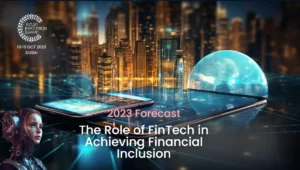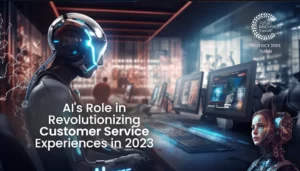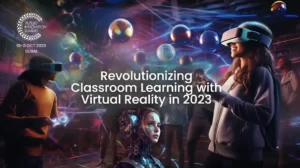Introduction
Virtual Reality in Education: Virtual Reality (VR) has moved beyond high-tech gaming and made significant inroads into various sectors, notably education. This technology transforms how we learn, making education more engaging and interactive. But what does this mean for students and teachers, and what potential does it hold for the future of education? Let’s delve into the subject and get beyond the hype.Understanding Virtual Reality in Education
Virtual Reality is an immersive technology that transports users to a simulated environment. In education, this could mean anything from virtually attending a lecture on the other side of the world to diving into the human body to understand biology at a cellular level. The power of VR lies in its ability to provide students with immersive, hands-on experiences that can enhance learning and improve understanding.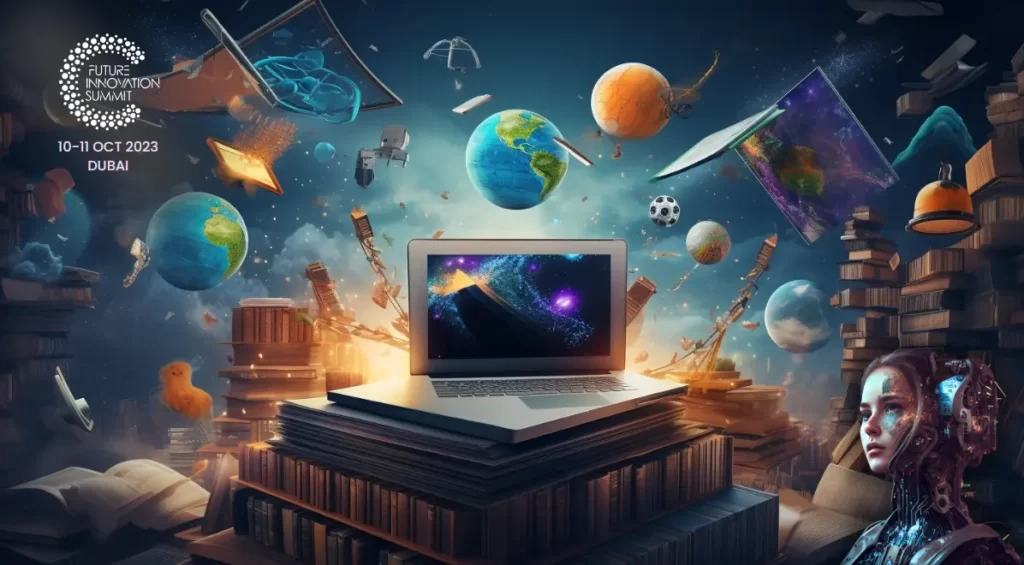
The Impact of VR on Learning Experiences
In a traditional classroom, students learn primarily through reading, listening, and writing. But with VR, they can learn through experience. VR provides experiential learning where students can virtually visit the places they are studying or perform virtual dissections in biology, making learning more engaging and memorable. Benefits of VR in Education- Improved Engagement: VR provides an immersive experience, which can lead to increased student interest and motivation. Studies show that students who learn through VR show higher retention rates than those who know through traditional methods.
- Enhanced Understanding: Complex subjects can be understood better when visualized. VR allows students to interact with the subject matter, improving understanding and knowledge retention.
- Reduced Language Barriers: With VR, language learning is not limited to textbooks and vocabulary lists. Students can be immersed in environments where the language is spoken, aiding comprehension and fluency.
Challenges and Considerations
Despite its benefits, integrating VR into education comes with challenges. Cost and accessibility are significant concerns, especially in less developed regions. Furthermore, there are health and safety considerations, as prolonged use of VR can lead to dizziness or nausea in some users.Case Studies of Virtual Reality in Education
Across the globe, educators and institutions are implementing VR to enrich their teaching methods and curricula. Here are some examples:- Medical Training: Schools like Stanford University use VR to train medical students. They can practice surgeries and procedures in a controlled virtual environment, making learning safer and more effective.
- Historical Exploration: Students can virtually visit historical sites and events through VR. For instance, Rome Reborn is an app that allows users to explore Rome as it was in 320 AD.
- Environmental Education: The Stanford Virtual Human Interaction Lab, has developed a VR experience where users can see the effects of ocean acidification, fostering a deeper understanding of environmental issues.
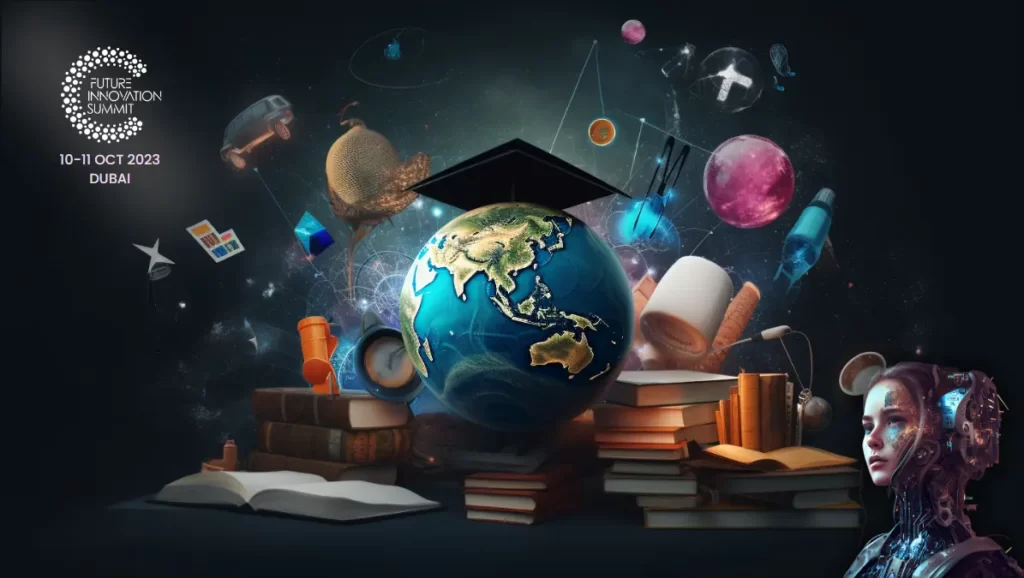
The Future of VR in Education
While we are just scratching the surface of VR’s potential in education, the future looks promising. As the technology becomes more affordable and accessible, its application in education is expected to expand. Future classrooms might include a standard VR setup where students go on virtual field trips, conduct experiments in a virtual lab, or collaborate on projects in a virtual workspace.The Role of Teachers in a VR Classroom
The advent of VR does not diminish the role of educators. Instead, it changes it. Teachers become guides, helping students navigate the VR environment and linking virtual experiences to curriculum goals. They play a crucial role in facilitating discussions, prompting critical thinking, and ensuring students reflect on their VR experiences to reinforce learning.Conclusion – Virtual Reality in Education
Virtual Reality in education is a burgeoning field with great potential to enhance teaching and learning. As with any technology, there are challenges to overcome. However, the benefits of immersive, interactive learning experiences suggest that VR could significantly affect future classrooms. It’s more than just hype; it’s a real opportunity to transform education.- Summit topics: AI – Sustainability – EduTech – HelthTech – FinTech
- Visit our LinkedIn page.
- Images are generated by AI.
